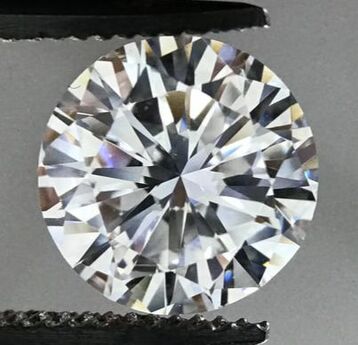ROUND BRILLIANT CUT
|
Today's modern round brilliant cut is a result of the evolution of diamond cutting. The very first round, brilliant cut diamonds were cut in 1891, and are referred to as old European cut diamonds. In the 1930s, diamond cutters began experimenting with angles and proportions, thus producing transitional cut diamonds. In the 1950s, diamond cutters were able to find the perfect proportions necessary to create a round diamond with the maximum amount of brilliance. Today, round brilliant cuts are currently the only shape that is given a Cut Grade by the GIA. |


